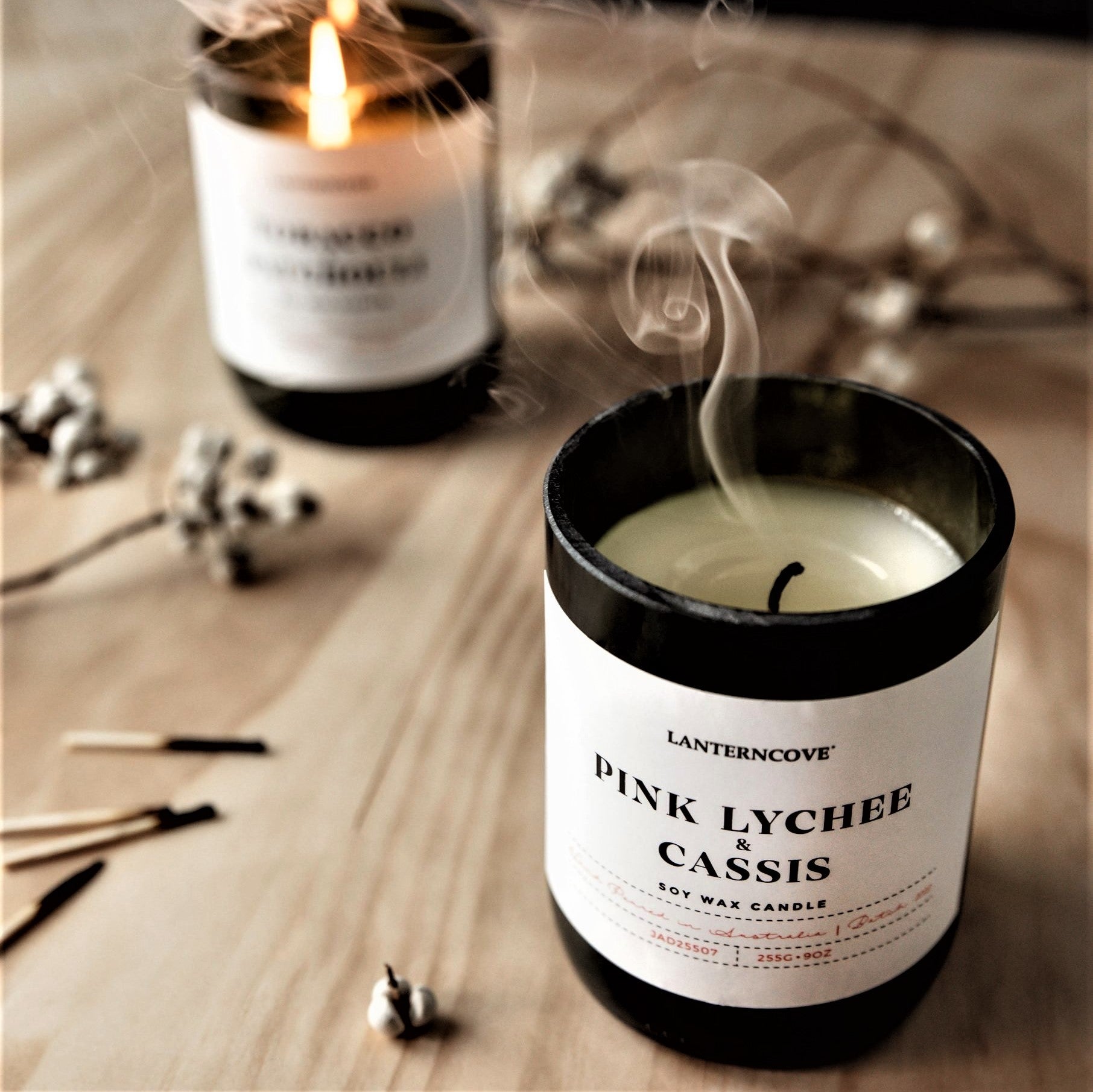Instill Your Home with the Aroma of Crystal Soy Candles and Home Fragrance
Instill Your Home with the Aroma of Crystal Soy Candles and Home Fragrance
Blog Article
From Wick to Wax: Comprehending the Chemistry Behind Soy Wax Candles and Their Environmental Impact
As we brighten our areas with the cozy glow of candle lights, there exists a realm of complex chemistry behind the seemingly easy act of lighting a soy wax candle. Join us as we decipher the clinical complexities behind soy wax candles and explore their ramifications on our setting.
Soy Wax Vs. Paraffin Wax
When comparing soy wax and paraffin wax for candle making, it is necessary to comprehend the distinctive characteristics and advantages of each material. Soy wax is a natural, sustainable source stemmed from soybean oil, making it environmentally friendly and naturally degradable - soy wax candles. On the other hand, paraffin wax is a by-product of petroleum refining, which increases concerns regarding its ecological effect and sustainability
Soy wax candles melt cleaner and give off much less soot compared to paraffin wax candle lights, making them a much healthier selection for interior air high quality. Additionally, soy wax has a lower melting point, permitting a longer-lasting candle light that spreads scent a lot more properly. Paraffin wax, on the various other hand, often tends to melt faster and much less cleanly, possibly launching dangerous chemicals right into the air.
From a sustainability point of view, soy wax is favored for its biodegradability and renewable sourcing, aligning with the expanding consumer choice for eco mindful products. While paraffin wax has actually been a conventional choice in candle making because of its affordability and convenience of usage, the shift towards eco-friendly alternatives like soy wax is acquiring momentum in the sector.
Chemical Structure of Soy Wax

Burning Process in Soy Candles
The chemical structure of soy wax straight influences the combustion process in soy candles, affecting aspects such as melt time, aroma launch, and environmental impact. When a soy candle light is lit, the warmth from the fire melts the wax near the wick. This liquid wax is then drawn up the wick due to capillary activity. As the fluid wax reaches the flame, it vaporizes and undergoes combustion. The combustion procedure includes the vaporized hydrocarbons in the wax reacting with oxygen airborne to create warm, light, water vapor, and carbon dioxide.
The combustion performance of soy candle lights is affected by the purity of the soy wax and the high quality of the wick. A clean-burning soy candle light news with a properly sized wick will certainly generate a stable flame and reduce residue development. This not only extends the burn time of the candle light however likewise enhances the launch of fragrances. Additionally, soy wax candle lights have a lower ecological impact contrasted to paraffin candles due to their renewable and naturally degradable nature.

Ecological Advantages of Soy Wax

Thought about a sustainable alternative to typical paraffin wax, soy wax offers significant ecological advantages that make it a prominent selection among eco-conscious customers. One substantial advantage of soy wax is its eco-friendly sourcing. Soy wax is originated from soybean oil, which is mostly cultivated in the United States. The cultivation of soybeans click here to find out more aids support neighborhood farmers and decreases the dependency on non-renewable fossil fuels used in paraffin wax production. Furthermore, soy wax is naturally degradable, suggesting it damages down naturally without launching dangerous toxins right into the setting. This particular makes soy wax candle lights an extra eco-friendly choice compared to paraffin wax candle lights, which are made from oil, a non-renewable source. Additionally, soy wax burns cleaner and creates much less soot than paraffin wax, adding to much better indoor air high quality and decreasing the need for cleansing and upkeep. Overall, the ecological benefits of soy wax line up with the growing demand for environmentally friendly and lasting items in the market.
Recycling and Disposal Considerations
Reusing and appropriate disposal of soy wax candles play a vital duty in maintaining ecological sustainability and reducing waste in households and areas. When it comes to reusing soy wax candle lights, the initial step is to ensure that the candle has actually melted entirely.

In terms of disposal, if recycling look at this now is not an option, soy wax candles are naturally degradable and can be safely dealt with in most family waste systems. It is always suggested to check with local recycling centers or waste administration services for details standards on candle light disposal to make sure correct handling and ecological protection.
Verdict
In conclusion, the chemistry behind soy wax candles exposes their environmental benefits over paraffin wax candles. Soy wax, stemmed from soybean oil, burns cleaner and produces much less soot when contrasted to paraffin wax. The combustion procedure in soy candle lights is much more reliable, causing a longer and more even shed. Additionally, soy wax is eco-friendly and sustainable, making it a much more lasting choice for candle manufacturing. Reusing and appropriate disposal of soy wax candle lights even more add to their environmental impact.
When comparing soy wax and paraffin wax for candle light production, it is necessary to comprehend the distinctive attributes and advantages of each product (soy wax candles).Soy wax candles melt cleaner and release much less soot contrasted to paraffin wax candles, making them a much healthier choice for indoor air high quality.Taken into consideration a lasting alternative to typical paraffin wax, soy wax offers remarkable ecological advantages that make it a prominent selection among eco-conscious customers. Soy wax burns cleaner and generates much less residue than paraffin wax, adding to much better indoor air top quality and minimizing the demand for cleansing and maintenance.In final thought, the chemistry behind soy wax candle lights reveals their environmental advantages over paraffin wax candles
Report this page